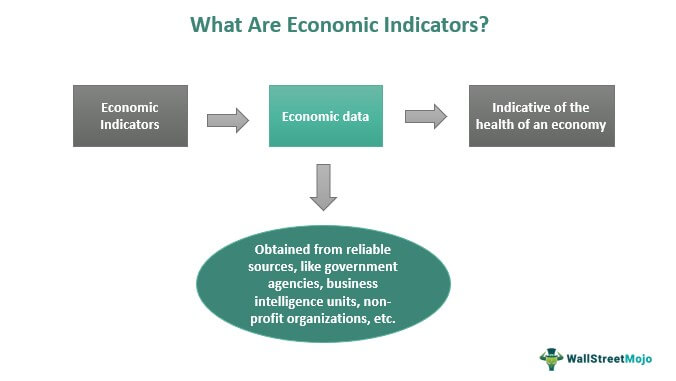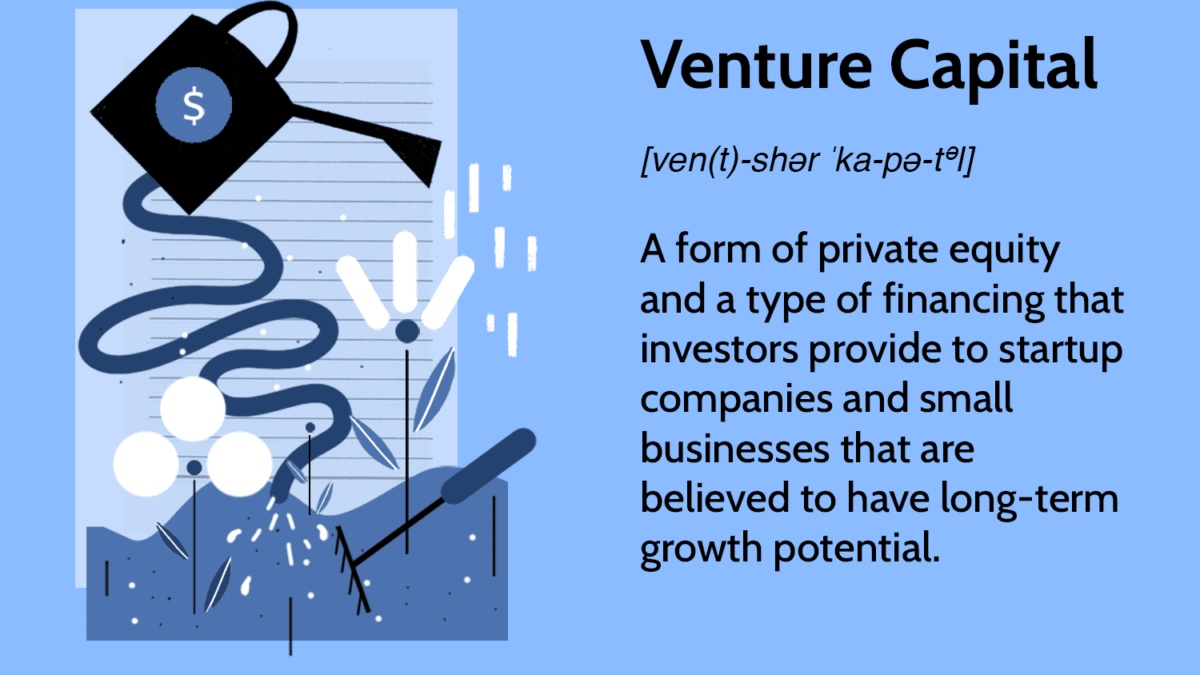
Emergency loans are financial products designed to provide quick access to funds during unforeseen circumstances, such as medical emergencies, car repairs, or unexpected job loss. These loans are typically characterized by their fast approval processes and minimal documentation requirements, making them an attractive option for individuals facing urgent financial needs. Unlike traditional loans, which may take days or even weeks to process, emergency loans can often be secured within hours or a single day, allowing borrowers to address their immediate financial challenges without delay.
The amount available through emergency loans can vary significantly, with some lenders offering sums as low as a few hundred dollars and others providing amounts that can reach several thousand. The terms of these loans can also differ widely, including interest rates, repayment periods, and fees. It is essential for potential borrowers to understand the specific terms associated with any emergency loan they consider, as these factors can significantly impact their overall financial situation.
Additionally, emergency loans can come in various forms, including personal loans, payday loans, and credit lines, each with its own set of advantages and disadvantages.
Key Takeaways
- Emergency loans are designed to provide quick financial assistance during unexpected situations such as medical emergencies or car repairs.
- Qualifying for an emergency loan of 00 typically requires a steady income, good credit score, and a manageable debt-to-income ratio.
- When looking for the right lender for your emergency loan, consider factors such as interest rates, repayment terms, and customer reviews.
- To manage your emergency loan effectively, create a budget, make timely payments, and avoid taking on additional debt.
- Alternatives to emergency loans include borrowing from friends or family, using a credit card, or seeking assistance from community organizations.
How to Qualify for an Emergency Loan 5000
Qualifying for an emergency loan of $5,000 typically involves meeting certain criteria set by lenders. One of the primary factors considered is the borrower’s credit score. While some lenders may offer loans to individuals with less-than-perfect credit, a higher credit score generally increases the likelihood of approval and can lead to more favorable interest rates.
Borrowers should check their credit reports for any inaccuracies and take steps to improve their scores before applying for a loan if time allows. In addition to credit scores, lenders often evaluate the borrower’s income and employment status. A stable source of income demonstrates the borrower’s ability to repay the loan, which is a critical consideration for lenders.
Many lenders require proof of income through pay stubs or bank statements. Furthermore, some lenders may impose debt-to-income ratio limits, meaning that borrowers should ideally have a manageable level of existing debt relative to their income. This ratio helps lenders assess whether the borrower can handle additional debt without becoming financially overextended.
Finding the Right Lender for Your Emergency Loan

When searching for the right lender for an emergency loan, it is crucial to conduct thorough research and compare multiple options. Different lenders offer varying terms, interest rates, and fees, so taking the time to evaluate these factors can lead to significant savings over the life of the loan. Online platforms have made it easier than ever to compare lenders side by side, allowing borrowers to quickly identify which options align with their financial needs.
In addition to comparing interest rates and terms, potential borrowers should also consider the lender’s reputation and customer service. Reading reviews from previous customers can provide valuable insights into the lender’s reliability and responsiveness. It is also wise to check if the lender is licensed and regulated in your state, as this ensures that they adhere to legal standards and consumer protection laws.
Engaging with customer service representatives can also help gauge how supportive and informative a lender is during the application process.
Tips for Managing Your Emergency Loan 5000
| Tip Number | Tip Description |
|---|---|
| 1 | Understand the terms and conditions of the loan |
| 2 | Create a budget to ensure timely repayment |
| 3 | Explore options for loan consolidation or refinancing |
| 4 | Communicate with the lender if facing difficulties in repayment |
| 5 | Seek financial counseling if needed |
Once you have secured an emergency loan of $5,000, effective management of that loan becomes paramount to avoid falling into a cycle of debt. One of the first steps in managing your loan is to create a detailed repayment plan. This plan should outline how much you will pay each month and when those payments are due.
Setting up automatic payments can help ensure that you never miss a due date, which can lead to late fees and negatively impact your credit score. Additionally, it is essential to budget carefully while repaying your loan. This means assessing your monthly expenses and identifying areas where you can cut back temporarily to allocate more funds toward your loan repayment.
For instance, consider reducing discretionary spending on dining out or entertainment during this period. By prioritizing your loan payments in your budget, you can work towards paying off the debt more quickly and with less financial strain.
Alternatives to Emergency Loans
While emergency loans can provide quick access to funds, they are not the only option available for those facing unexpected expenses. One alternative is a personal line of credit, which allows borrowers to access funds as needed up to a predetermined limit. This type of credit can be particularly useful for ongoing expenses or emergencies that may arise over time since borrowers only pay interest on the amount they draw.
Another alternative is borrowing from friends or family members. While this option may come with its own set of challenges—such as potential strain on personal relationships—it can often provide interest-free loans or more flexible repayment terms than traditional lenders. Additionally, some individuals may consider using a credit card for emergencies; however, this option should be approached with caution due to potentially high-interest rates if balances are not paid off promptly.
Common Misconceptions About Emergency Loans

There are several misconceptions surrounding emergency loans that can lead potential borrowers to make uninformed decisions. One common myth is that all emergency loans come with exorbitant interest rates. While it is true that some lenders charge high rates—especially payday lenders—there are many reputable lenders who offer competitive rates for emergency loans based on the borrower’s creditworthiness.
It is essential for borrowers to shop around and compare offers rather than assuming that all emergency loans are predatory. Another misconception is that applying for an emergency loan will always result in a hard inquiry on one’s credit report. While many lenders do perform hard inquiries when assessing creditworthiness, some online platforms allow borrowers to prequalify for loans with a soft inquiry that does not affect their credit score.
This prequalification process enables borrowers to gauge their eligibility without committing to a full application or impacting their credit history.
The Impact of Emergency Loans on Your Credit Score
Taking out an emergency loan can have both positive and negative effects on your credit score, depending on how you manage the loan after securing it. On one hand, successfully repaying an emergency loan on time can help improve your credit score by demonstrating responsible borrowing behavior. Payment history is one of the most significant factors influencing credit scores; thus, making timely payments can enhance your overall credit profile.
Conversely, if you fail to make payments on time or default on the loan altogether, it can severely damage your credit score. Late payments are reported to credit bureaus and can remain on your credit report for several years, making it more challenging to secure future financing at favorable rates. Additionally, if a lender decides to send your account to collections due to non-payment, this action will further negatively impact your credit score.
Planning for Future Unexpected Expenses
To mitigate the need for emergency loans in the future, it is wise to establish a financial safety net through careful planning and saving strategies. Building an emergency fund should be a priority; financial experts often recommend saving three to six months’ worth of living expenses in a separate account designated solely for emergencies. This fund can provide peace of mind and financial security during unexpected situations without resorting to high-interest loans.
In addition to creating an emergency fund, individuals should regularly review their budgets and adjust them as necessary based on changing circumstances or expenses. This proactive approach allows individuals to identify potential financial shortfalls before they become crises. Furthermore, educating oneself about personal finance—through books, workshops, or online resources—can empower individuals to make informed decisions about managing their finances effectively and preparing for future unexpected expenses without relying solely on emergency loans.
FAQs
What is an emergency loan 5000?
An emergency loan 5000 is a type of loan that provides individuals with access to $5000 in funds to cover unexpected expenses or financial emergencies.
How can I qualify for an emergency loan of $5000?
Qualifications for an emergency loan of $5000 may vary depending on the lender, but generally, individuals will need to have a steady income, a good credit score, and the ability to repay the loan.
What can I use an emergency loan of $5000 for?
An emergency loan of $5000 can be used for a variety of purposes, including medical expenses, car repairs, home repairs, or other unexpected financial needs.
What are the typical terms for an emergency loan of $5000?
The terms for an emergency loan of $5000 can vary, but typically include a fixed interest rate, a set repayment period, and may require collateral or a co-signer depending on the borrower’s credit history.
Where can I apply for an emergency loan of $5000?
Individuals can apply for an emergency loan of $5000 through traditional banks, credit unions, or online lenders. It’s important to compare rates and terms from multiple lenders before applying.










